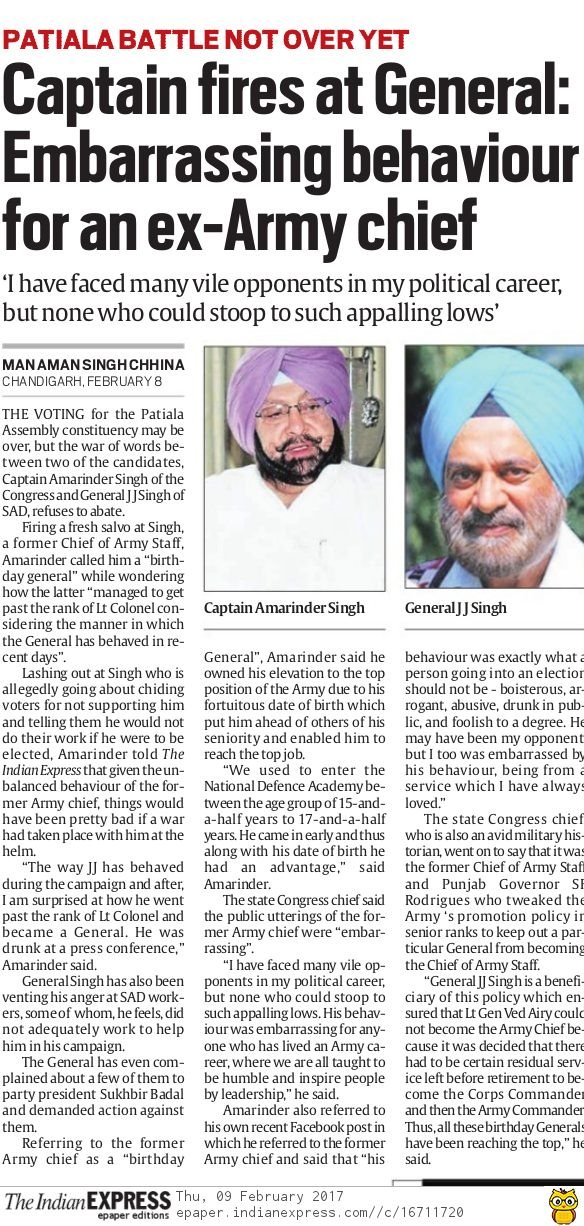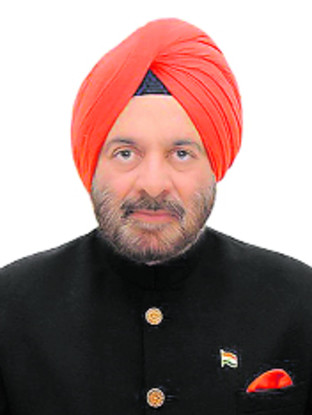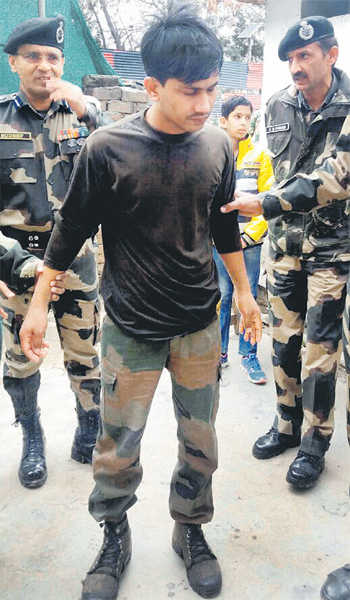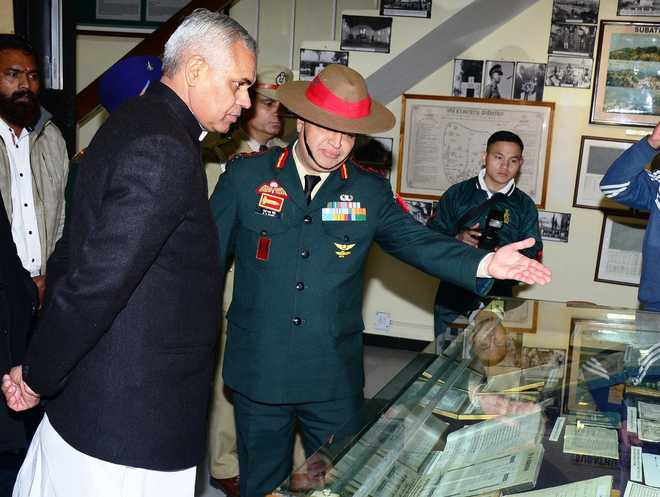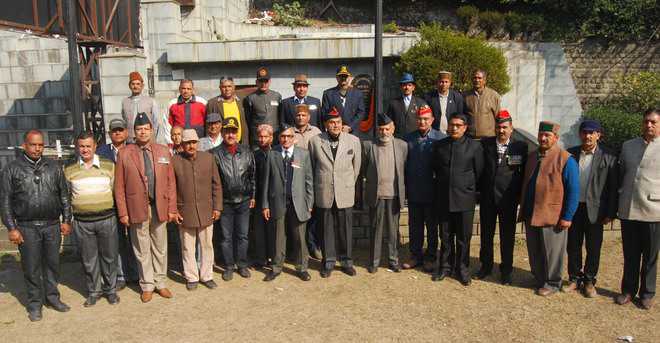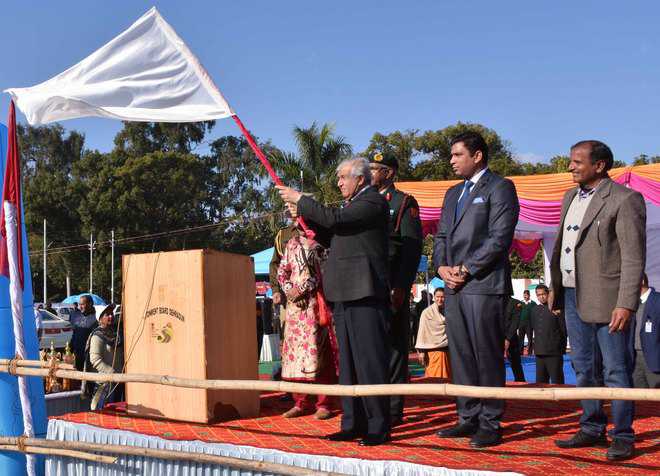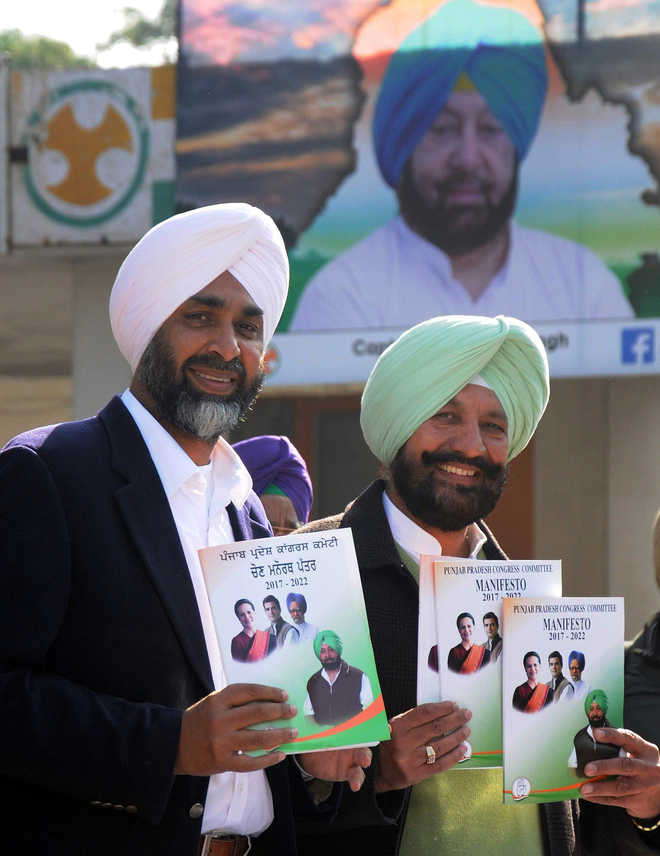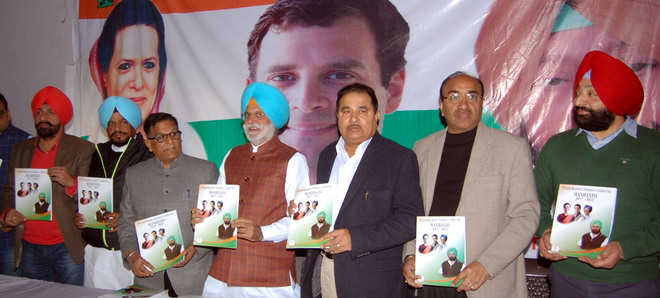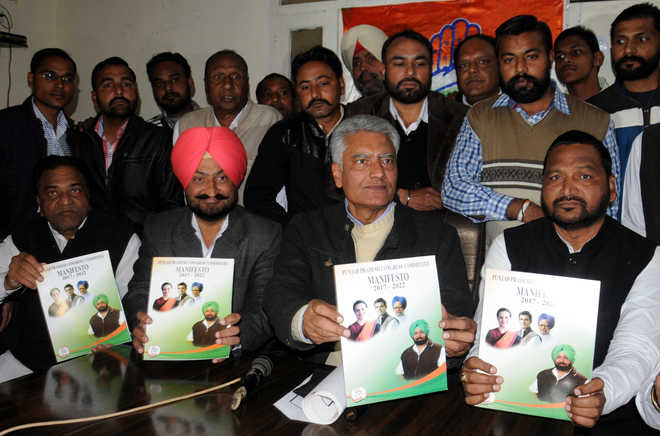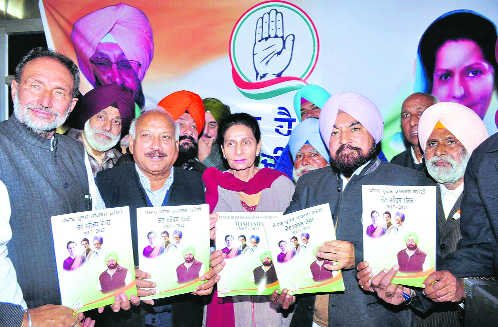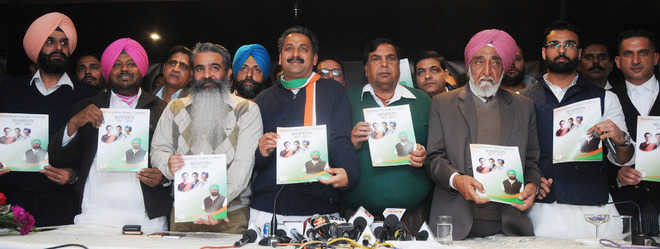The tasks of this body could be worked out in detail but broadly it would be an ideating platform which would generate narratives and could even task agencies after due approval of the PMO or Cabinet Secretariat.
Civil-Military Relations
These have not been in a healthy state for long and there is a history of standoff which is denying the nation the benefit of the best services of both the civil and the military authority towards management of security affairs of the country. Issues of protocol, control, turf, budgeting and many other areas of discord are preventing the optimisation of the armed forces, something only our adversaries would be happy to note. There is no magic wand solution to this but a conscious beginning must be made to arrest and reverse the trend. Perhaps directions are necessary from the highest level to set up a permanent composite body to monitor and report the state of civil-military relations. Work towards this could commence in 2017.
J&K Affairs
One of the prime areas of concern for many years and almost through 2016 has been J&K. We have suffered the largest number of casualties in 2016. While reams can be written and advised on the management of J&K affairs, the focus area which must be kept in mind is that there is a flawed perception in the thinking of the security set up in Pakistan that it is winning the asymmetric war in J&K. This is the most dangerous thing because Pakistan considers its role in J&K as an existential issue for it. My advice would therefore be based on four issues all of which are equally important.
First, the benefits of good governance need to reach the people. The perception persists that much investment has been made in J&K but it needs more accountability to ensure the impact. Without impinging on the freedom of the state government, the central government possibly needs a department to handle J&K in a focused way and cater to governance needs in a fast track mode.
Secondly, all other aspects of security being equal, the significance of security of the rear areas needs attention, especially in the Jammu region where vulnerability appears higher, and this includes government installations, garrisons and soft spots such as schools. This attention could also expand into areas of North Punjab which may increasingly be in the crosswires of the planners across the border. Greater coordination between the Army and the police needs to be institutionalised.
Thirdly, the agitation in the streets through the second half of 2016 paralysed work in the Valley and also had Jammu seething. An ominous calm seems to have emerged, driven more by fatigue and exhaustion. It needs just a little tonic to get back to the negativism of 2016. In the window of 2017, a special strategy to reach the people needs to be made. This is no appeasement; an exhausted populace needs balm. How this can be done and done quickly should form the government’s focus. There are past best practices available which could be revisited with more consultation.
China, Russia And The US: The Big Power Game
There can be no security consideration without the China factor. The threat from China is likely to loom large, but equally, China is likely to be more focused on the US under Trump. India being an emerging strategic partner of the US could inadvertently get sucked into the vortex of the US-China rivalry. This would not be to its interest and therefore tightrope walking may have to be the cornerstone of its strategy. 2017 is likely to be a year of greater uncertainty as a new US administration wrestles with its security concerns. Russia is gaining greater confidence after its involvement in Syria and has been testing waters in Pakistan. Equations in big power politics are not zero sum games. India’s relationship with Russia is very important and this needs to be developed with messaging that given all other relationships, the India-Russia equation is extremely dear to us.
However, India cannot be restrained by the uncertainty of big power relationships. Mr Modi’s hard work through three years of foreign policy development will fructify now if India retains balance without compromising in areas where it has already scored, e.g. the rapport with Japan and ASEAN needs to continue in the quest for the development of the Indo-Pacific idea.
Afghanistan
India cannot take its eyes away from Afghanistan. 2017 may well be a decisive year in the future of Afghanistan as a strong military-oriented administration comes to power in the US. No doubt Pakistan will play an important role in whatever the US does, by sheer dint of its geostrategic location. However, India, having built its relationship with President Ashraf Ghani, cannot allow its position to be diluted. If necessary, military support to the Afghan National Army in terms of some lethal capability may also be considered in consultation with other stakeholders.
The complexities of Afghanistan are well understood in India’s diplomatic community and this understanding needs to harnessed optimally.
Bangladesh, Myanmar And Act East
No security consideration in the current context can be complete without turning attention towards the East, and that includes the handling of India’s North East region. With Myanmar more stable, opened up and integrated with ASEAN, the situation begs for incorporating it as the virtual bridge to ASEAN along the continental continuity. With Bangladesh in the best state of relations with India, this is the time to exploit the Bangladesh-North East India-Myanmar continuum in turns of connectivity and economic corridors for the mutual benefit of the entire region.
Just as in the case of Nagaland, a more focused outreach in Manipur may convince the disparate groups of the opportunity for all.
China too is increasingly looking at the Maritime Silk Route and inner connectivity, which India is yet to be convinced about. Perhaps that may yet be early, but economics needs to be the driver for Bangladesh, Myanmar and North East India and through that to the rest of ASEAN.
Military Capability
The last of the issues needing continued focus is the requirement for development of military capability. It is not as if India is weak, but in recent times there has been a trend to find fault with every single facet of the nation’s military capability. No doubt our equipment profile is getting dated and the promised fast track induction of equipment has not fully fructified.
All three services have their problems. The creation of a Chief of the Defence Staff or equivalent will contribute to the degree of clarity in priorities. Recent reforms in procurement and indigenisation have been pragmatic but the execution may need more energy through some policy changes in personnel management for those who handle this domain. We need the initiation of processes which will ensure continuity. Much has been done but equally, much still needs focus.
There is also the field of ammunition which needs attention. In 2013, the nation received a bit of a scare when it was revealed that our capability existed only to fight a 20-day war due to the restricted quantum of ammunition. In 2017, this needs to be holistically reviewed and if imports have to be resorted to, the same should be done. This is one domain where we need transparency for reassurance of the public and messaging our adversaries who may take our overall war waging potential lightly.
There can be a host of other issues on which one needs to deliberate but there can be no doubt that the government is well seized of these. The only challenge in the complex job of running a government is how to remain focused and prioritised without allowing events to dictate the course. National security from a geostrategic angle will obviously remain a key concern.

The writer is a former GOC of India’s Srinagar based 15 Corps, now associated with Vivekanand International Foundation and the Institute of Peace and Conflict Studies.
http://swarajyamag.com/magazine/2017-wishlist-10-things-we-wish-the-modi-govt-does-this-year-to-enhance-national-security





















































 HT FILE
HT FILE